Perspective | Oh Womaniya!: Another wake-up call to the society
Big awards we won at Cannes this year were in the gender equality space - Same agency, same client but two different brands.
While the Ariel campaign called upon men to share the load, the one for Whisper explained to women that touching the pickle when you are menstruating would not spoil it.
Kudos to Josy Paul, BBDO team and the marketing stalwarts at P&G. These ads, however, are not alone in celebrating womanhood. Titan Raga’s Her Life Her Choices with Katrina Kaif, Gillette ‘Soldier for Women’, OLX with Shefali Shah (Car Bechi Dost Paya) and Lloyd Unisex Washing Machine campaigns are the ones that immediately come to mind.
stalwarts at P&G. These ads, however, are not alone in celebrating womanhood. Titan Raga’s Her Life Her Choices with Katrina Kaif, Gillette ‘Soldier for Women’, OLX with Shefali Shah (Car Bechi Dost Paya) and Lloyd Unisex Washing Machine campaigns are the ones that immediately come to mind.
Anouk Myntra campaign addressing same sex relationship too has created quite a few ripples.
A shift is indeed taking place and ads celebrating women and girls rather than objectifying them, are being noticed and appreciated.
A special mention of the ‘Beti Bachao’ campaign here – and its offshoot ‘Selfie with Beti’. Coming straight from the PM’s office, it is trying to make the social change our country desperately needs. The day no news channel reports a domestic violence, rape of female feticide or infanticide case would, in our view, be the first substantial victory of this campaign
Divya Radhakrishnan, Managing Director, Helios Media comments, “Campaigns like #SelfieWithMyDaughter have brought relevant issues to the forefront. They are sure making a difference and causing a transformation within us. Whether they provide a solution or not is an altogether different matter, the important thing is that they are highlighting an important issue and forcing people to think.”
True that. One indeed cannot deny the importance of such campaigns as social agents. What is more, these are high decibel campaigns and are reaching the remotest part of the country. An interesting piece of news in the last few days has been Bibipur Village in Haryana (a state known for its gender bias so far!) going for ‘women first’ approach.
Anita Nayyar, CEO, India & South Asia, Havas Media, believes that though it is not the first time such a campaign is taking place, it is critical for such campaigns to take place on an ongoing basis, “It is yet another attempt to save the ‘beti’. It is important to harp upon the issue time and again till such time the facts sink in.”
Priti Nair, Director and founder of Curry Nation adds, “Such campaigns are doing the wonderful job of trying to raise awareness. Our rural society is still hooked on the idea of having a male child. Today the legal system is also trying to make sure that woman is protected enough. They can now keep their father’s surname, inherit their property. Measures like this in recent time have shown that the Government and the Judicial System are here to make changes on issues like women’s rights.”
As is substantiated by the campaigns mentioned in the beginning, that even brand campaigns are getting women-issues centric. The point to ponder here is, whether the brand campaigns too are looking at a social change or is it just their way of selling their cars and detergents?
Nayyar believes that though ads are created to sell brands, the route they choose does make a difference. She states, “Whether it is to showcase the 'Beti’ or to break the ‘touch the pickle’ myth or bring focus on ‘same sex relationships’, ads like these are at least making an attempt to highlight issues and urging the society to change their thinking. It is being acknowledged by the brand custodians that it is important for the society to change its view point and move with the times.”
Agrees Nair, “Commercial value can be attached to an advertisement in many ways. If somebody chooses to take the issue of women empowerment, it has to hold some merit. At the end of the day, every ad is made to sell the product. If at the same time, you send a social message, it always makes for an excellent campaign.”
”Another school of thought believes that the new face of Indian woman in these campaigns is a reflection of the society which is gradually but steadily evolving. Rakhsin Patel, Managing Director, PI Communication opines, “Today women are moving away from their traditional roles. Audience, nowadays, desires to relate to women in their realistic versions. Novelty and intrigue will be lost if ads are not relevant to what the audience feel. Social acceptance in today’s time is high and is growing even further.
Radhakrishnan, who has seen brand campaigning from multiple dimensions states, “Advertising is targeted at consumers at the end of a day. It has an impact on the product that it wants to sell. I don’t think advertising is there for social changes. Do you believe that Anouk Myntra campaign is made for people to accept relationships? It just wants people to consider Myntra as a cool brand and sample it.”
She adds, “Even if you expect brands to invest money on social transformation, it is part of their marketing investment and budgets. So obviously, cost of that is borne by the consumer only. I don’t think many of them spend their marketing budget to bring social changes.”
on social transformation, it is part of their marketing investment and budgets. So obviously, cost of that is borne by the consumer only. I don’t think many of them spend their marketing budget to bring social changes.”
Of course, one cannot compare the Government initiatives with the brand campaigns as the key objectives of both are different. Having said that, it is heartening to see many more brands changing their stance on women. And as they say, advertising cannot be created in isolation. It is great both ways – whether it is beginning of a social change or it is reflection of the changing time.
Zeba(@)adgully.com







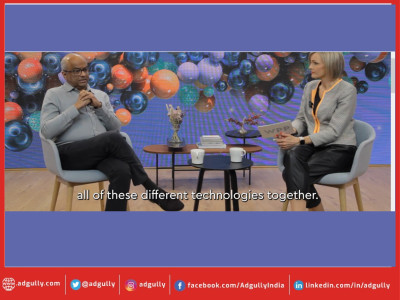



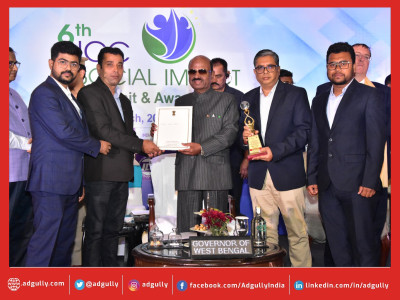
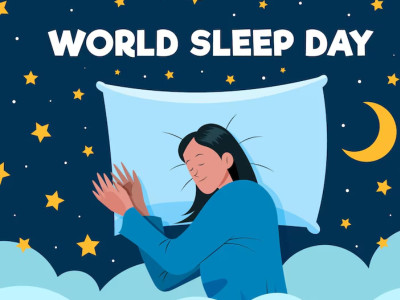
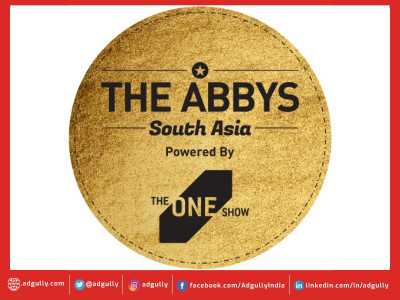
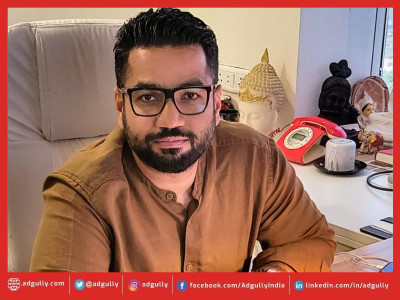





Share
Facebook
YouTube
Tweet
Twitter
LinkedIn